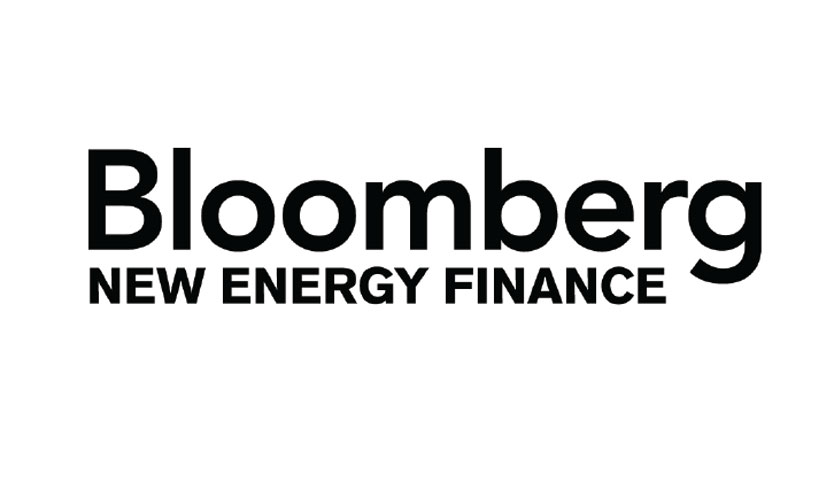BloombergNEF’s (BNEF’s) new analysis of major economies shows Canada, Singapore and South Korea are leading when it comes to preparedness to adapt to a changing climate, with Saudi Arabia and Russia among the least prepared. Climate-driven damages are increasing worldwide and harming human health, economic development, and regional security. Global losses topped $1.4 trillion last year, almost 10x the total in 2000 according to data from Bloomberg Intelligence. With the world off track to meet the Paris Agreement’s 1.5C warming goal, future damages can worsen unless economies and societies adapt.…
Read MoreTag: BloombergNEF
Electric Vehicles Remain Key Driver for Grid Investment Despite Data Center Boom
Grid investment of $15.8 trillion is needed between now and 2050 under BloombergNEF’s base-case scenario for the global energy transition, most of it for physical assets like wires, cables, towers and substations to deliver a required 29-million-kilometer (17.4-million-mile) extension. This year’s outlook included data centers as a new driver of grid investment but found that their global share of utilities’ capital expenditure on grid infrastructure remains modest. New Energy Outlook Download the executive summary and sample dataset to explore scenarios covering the global transition across power, transport, buildings, and industry…
Read MoreGlobal Renewable Energy Investment Still Reaches New Record as Investors Reassess Risks
Global investment in new renewable energy projects hit a record $386 billion in the first half of 2025, up 10% from the previous year. However, asset finance for utility-scale solar and onshore wind shrank by 13% compared to 1H 2024, reaching the lowest share of total investment since 2006, according to the latest investment data collected by BloombergNEF (BNEF) and published in the 2H 2025 Renewable Energy Investment Tracker. BNEF finds that utility-scale solar photovoltaic investment was particularly hit, falling 19% compared to the first half of 2024. The markets…
Read MoreFund Managers Still Drive Twice as Much Investment to Fossil Fuels as Clean Energy
Global fund managers are driving twice as much capital investment into fossil fuels as they are into low-carbon energy supply, according to new analysis by BloombergNEF (BNEF). For every $1 of capital expenditure attributed to investment funds around the world that backed oil, natural gas or coal assets, just 48 cents went into low-carbon capex, the BNEF analysis showed. The report analyzes almost 70,000 funds and introduces a new method for investors to quantify and measure climate alignment of their portfolios. BNEF’s Energy Supply Fund-Enabled Capex Ratio (ESFR) is a…
Read MoreSolar Shines the Path for the Philippines to Reduce Reliance on Fossil Fuel Imports
Increasing the role of renewables in the generation mix could reduce the Philippines’ reliance on imported fuels and boost its energy security, according to BloombergNEF’s latest report, The Philippines’ Path to Clean and Affordable Electricity. 2025 is a pivotal year for the Philippines to accelerate decarbonization of its power sector. As a Paris Agreement signatory, the country will need to submit its updated Nationally Determined Contribution (NDC) with emission targets for 2035. The report finds that increasing the share of renewables in the Philippines would also reduce the final cost…
Read More